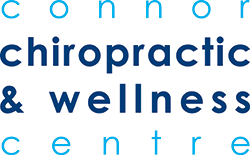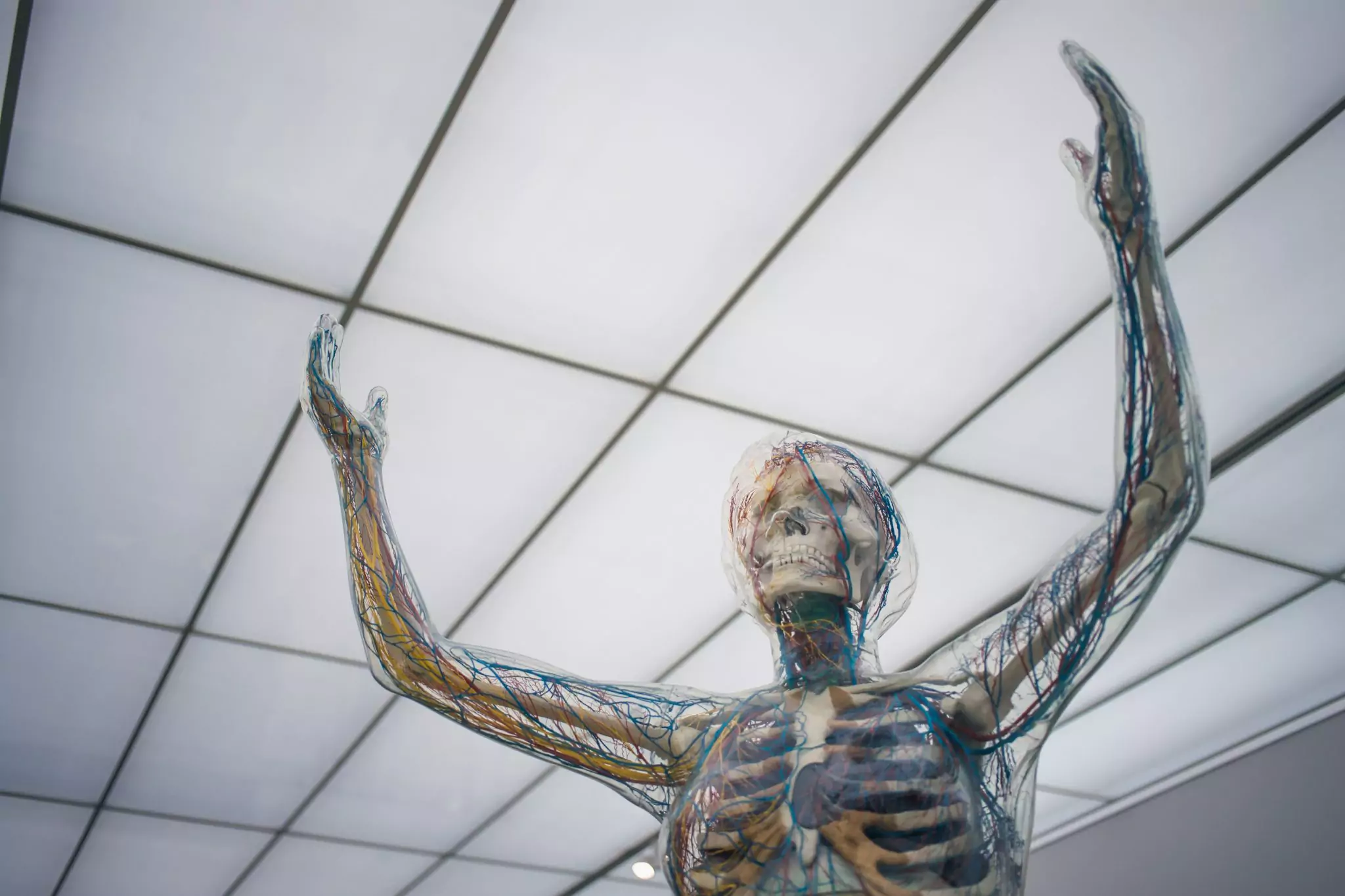Exploring Nerve Pain
Nerve pain originates from the nervous system, which is a collection of Neurons. Neurons are cells that specialize in rapid communication. They communicate information from your brain, to your entire body, and back again. This information is then used to make both conscious and unconscious decisions constantly throughout the day.
The peripheral nervous system consists of both sensory nerves and motor endings. Sensory receptors are used to sense pain, temperature, touch and pressure in the skin as well as proprioception (spacial awareness) within the joints and muscles. This feedback (or sensation) gives your brain information that is then used to make decisions. Commands as altering a joints position to ensure balance or that you don’t fall over. It is also used to sense pain and injuries. The second component is motor endings which are nerves that control the movement of the body. This allows for contraction and relaxation of the muscles. Motor neurons receive a signal from the brain that tells muscle fibres to either contract or relax as needed to produce the desired movement.
Nerve Injuries:
Nerve injuries are unique for a multitude of reasons. Firstly when a nerve is injured it can cause an interruption in what information is being sent to and from the brain. An injury cause overstimulation and increased pain, or decreased information and the sensation of numbness and tingling. Nerve healing and regeneration is a slow process because of the types of cells the nerve is made up of. It takes much longer for nerve cells to regenerate than it does for the skin or even skeletal muscle. Because of the slower turn around time on nerve cell regeneration, injuries directly to a nerve can take longer to heal.
Nerve Symptoms:
There are some very common symptoms of nerve injury, and some that are less common but more severe. Symptoms that we commonly see come into the clinic that are related to a nerve injury include numbness, tingling, burning sensation, sharp shooting pain, altered sensation and muscle weakness. These are called “subjective” symptoms meaning they are symptoms that the patient is experiencing and can explain to us. There are also “objective” symptoms which are tested within the clinic. These include muscle strength and deep tendon reflexes, which both are tested and then graded compared to normal. The combination of both subjective and objective findings helps paint the picture of the injury. It helps determine which nerve is injured and how badly the injury is altering its ability to communicate.
Nerve injuries can occur in a multitude of ways. The most common nerve injuries seen in practice are from nerve entrapments or space occupying lesions causing compression. This includes things like tight muscles, ligaments or tendons pressing on the nerve, disc herniations, or boney entrapments. In these cases it becomes our job to determine which structures are compressing the nerve. Then we can work to eliminate that compression. Less commonly nerves can be affected by direct blows and cuts to the area. Cuts and direct nerve trauma can cause more long term deficits.
Nerve Testing:
A through exam is required when a patient presents to the clinic with nerve pain and nerve like symptoms. Our examination is an in depth combination of orthopedic testing, muscle testing and nerve testing. This includes deep tendon reflexes, muscle testing and testing sensation over the affected area. This will help paint the picture of what structures are being affected. We use this to determine what might best help our patients with their current symptoms.
In practice, there are some more frequent nerve related injuries that are seen. Below I go through some of those more common nerve injuries/entrapments along with what some of the typical symptoms are. It’s important to note that while there are the common symptoms for nerve injuries/entrapments, they can and do sometimes present in a more variable manner, so it is always important to get an assessment if you are experiencing pain.
Sciatic Nerve:
Location: The Sciatic Nerve begins in the sacral plexus (lower back) and runs down through the gluteal region (bum) and into the back of the leg, it splits at the knee into two halves and it’s innervation continues down the back of the calf into the foot.
Symptoms: Shooting pain, numbness, tingling and/or aching in the hip, down the back of the leg and with symptoms possibly continuing down into the calf and foot.
Possible Causes: Disc herniation or bulges, tight piriformis, disc degeneration, bone spurs.
Plantar Nerve:
Location: Runs down the inner aspect of your ankle, through the foot and splits between each of the toes to supply sensation to the toes.
Symptoms: Pain, numbness and tingling between the toes that is usually made worse when walking, running or shoes that are either tight or high heels. It also presents as medial heel pain that is fairly constant and is made worse by running.
Possible Causes: Can be caused by increased sports, consistently wearing tight shoes or high heels or increasing running speed or volume.
Median Nerve:
Location: Runs down through the arm on the lateral aspect then crosses at the midline in the front of the elbow and down into the hand and thumb.
Symptoms: Pain, numbness and tingling in the forearm and hand and thumb, as well as possible grip weakness.
Possible Causes: Compression in either the elbow fossa or in the carpal tunnel can elicit these symptoms.
Nerve Treatment:
Treatment for nerve injuries is based on what is causing the injury and varies from patient to patient. A combination of options treatments is usually best. Things such as Chiropractic adjustments, soft tissue therapy, stretching and strengthening, modification of activities of daily living and/or orthotics. These can be used to both help alleviate the symptoms and treat the root cause of the pain. Many nerve injuries respond to a combination of both heat and ice. Heating the muscles or areas that are causing the symptoms, while simultaneously icing the area of the symptoms. This keeps the tight muscles loose and helps to decrease any local inflammation.
Overall it is important to remember that with nerve injuries, patience is key. Seeking treatment early will be beneficial to determining what is going on and what can be done for it. Imagining, such as an MRI, is indicated in some cases and can take time to set up in Canada. Early intervention may mean less time with symptoms and a better chance of recovering more quickly.


